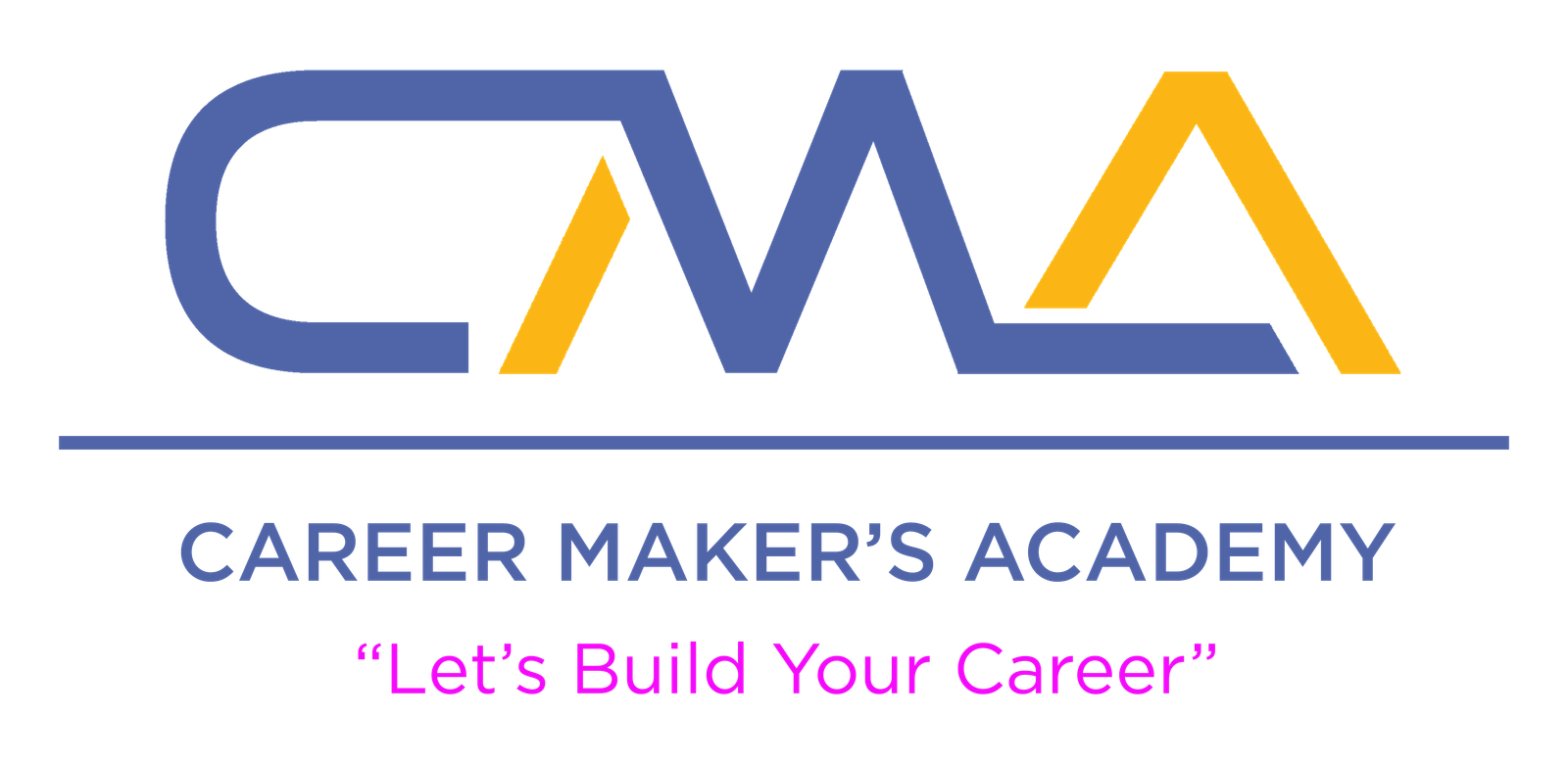By Career Maker’s Academy – Learn Physics, Chemistry & Maths for Grades 9–12 Under One Roof with Er. Shobhit Pandey Sir in Dholpur, Rajasthan
There’s nothing quite like the thrill of a roller coaster. The moment the car climbs to the top of the track and pauses—only to plummet downward with breathtaking speed—is unforgettable. But beneath the screams and excitement lies a perfect demonstration of physics at work. From energy transformation to motion dynamics, roller coasters are moving textbooks of science.
At Career Maker’s Academy in Dholpur, we believe that science comes alive when it’s experienced, not just read. Under the guidance of Er. Shobhit Pandey Sir, our students discover how real-world phenomena, like roller coasters, embody the laws of motion and energy they study in class.
Let’s explore how physics makes these gravity-defying rides possible.
Roller Coasters Run on Energy—Not Engines
Surprisingly, most roller coasters don’t use engines to keep the cars moving throughout the ride. Instead, they rely on the transformation of energy—specifically, between potential energy and kinetic energy.
- Gravitational Potential Energy (GPE)
When the roller coaster car is pulled to the top of the first hill (usually the tallest), it gains gravitational potential energy. The higher it climbs, the more GPE it stores due to its height above the ground. This energy comes from an external chain lift or motor. - Kinetic Energy (KE)
As the car descends, its GPE is converted into kinetic energy—the energy of motion. The faster it moves, the more KE it has. At the bottom of the hill, the car’s kinetic energy is at its maximum, while potential energy is at its minimum. - Energy Transformation Throughout the Ride
As the roller coaster continues over hills, through loops, and around sharp turns, energy constantly shifts between kinetic and potential forms. Friction and air resistance gradually decrease the total mechanical energy, which is why some coasters use additional lifts or magnetic propulsion mid-ride.
Newton’s Laws on the Tracks
Sir Isaac Newton’s Laws of Motion are at the heart of every twist, turn, and drop in a roller coaster ride.
- First Law (Law of Inertia):
A roller coaster car will stay in motion unless acted on by external forces like brakes or friction. This is why the initial lift is so crucial—it starts the chain of motion that carries the ride forward. - Second Law (F = ma):
The force experienced by riders is directly related to the mass of the coaster and the acceleration at different points. For instance, during a steep drop, the rapid acceleration causes a thrilling sensation of increased G-force. - Third Law (Action-Reaction):
As the coaster pushes down on the track, the track pushes back with equal force, allowing the car to stay on course—even during upside-down loops!
Loops, Turns, and G-Forces
Have you ever wondered why you don’t fall out during a loop? It’s all about centripetal force.
In a vertical loop, even when you’re upside down, the car moves fast enough that the centripetal acceleration keeps you pressed into your seat. The track exerts an inward force toward the center of the loop, while your inertia tries to move you in a straight line. The balance of these forces is what keeps riders safely in their seats.
G-forces—short for gravitational forces—are also felt on roller coasters. At the bottom of a drop, you feel positive Gs, making you feel heavier as your body is pressed into the seat. At the top of a hill, you may feel negative Gs, which simulate weightlessness—commonly called “airtime.”
Friction and Safety
Roller coasters must deal with friction and air resistance, both of which reduce the mechanical energy of the system. Engineers carefully design the ride to account for energy losses, ensuring that the coaster can complete the track safely and smoothly.
To maintain safety:
- Braking systems use magnetic or friction brakes to slow down or stop the cars.
- Restraints and harnesses keep riders secure, especially in loops and sharp turns.
- Track design is optimized to prevent excessive G-forces that could be dangerous.
Physics in Real Life: Learning by Experiencing
At Career Maker’s Academy, located in Dholpur, Rajasthan, we strive to make subjects like physics exciting and relatable. Roller coasters serve as a perfect bridge between theory and practice. Our students don’t just memorize formulas—they understand how concepts like:
- Conservation of energy
- Newton’s laws
- Circular motion
- Forces and friction
apply to real-world systems, including amusement park rides, vehicles, and even space missions.
With Er. Shobhit Pandey Sir leading the way, our coaching institute offers expert guidance in Physics, Chemistry, and Mathematics for students from grades 9 to 12. Our personalized approach, modern teaching techniques, and practical demonstrations ensure every student not only learns but also loves learning.
Roller Coasters and Careers
Understanding the physics of roller coasters isn’t just for amusement—it opens doors to careers in:
- Mechanical and aerospace engineering
- Design and safety engineering
- Physics education and research
- Robotics and automation
- Theme park and ride design
Students fascinated by the science of motion can pursue fields that blend creativity, technology, and physics.
Conclusion: Feel the Physics!
Next time you’re on a roller coaster, think beyond the thrill. Feel the energy shift as you rise and fall. Notice the pull of gravity, the push of G-forces, and the balance of motion that keeps everything on track. You’re not just riding a roller coaster—you’re riding a marvel of physics!
And if you want to explore these concepts deeper, Career Maker’s Academy is the place for you. Come learn under Er. Shobhit Pandey Sir in Dholpur and master science and math in a way that’s interactive, practical, and unforgettable.
